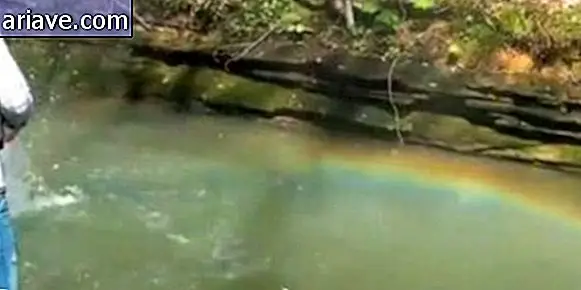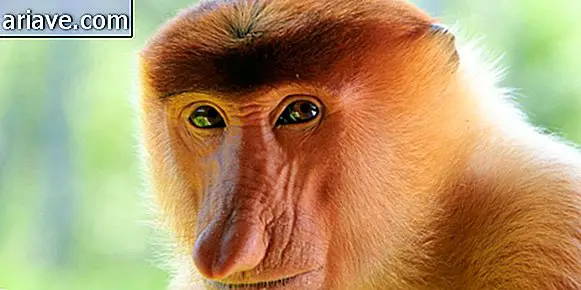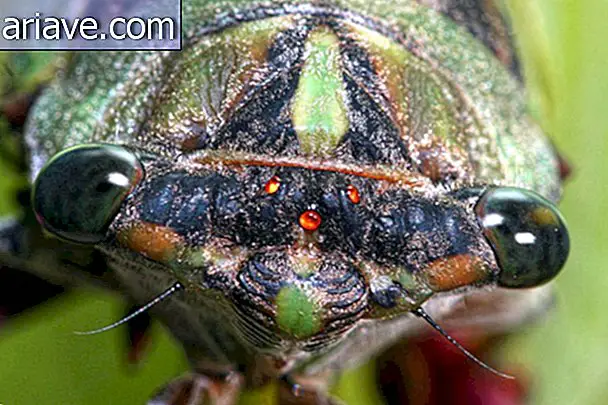Did you know that the earth has other celestial companions besides the moon?
Everyone knows that the moon is Earth's natural satellite, and one only has to look at the sky at night to see that it is there, splendid with us. However, NASA personnel recently discovered that a small object - estimated to be between 40 and 100 meters in diameter and officially called “2016 HO3” - was captured by our orbit about 100 years ago.
This asteroid has gone unnoticed all this time because, in addition to being tiny, it is 38 to 100 times farther from the Moon to Earth, so it has not been seen until now - or, more precisely, until the last month of. April.

In fact, technically speaking, the 2016 HO3 orbits the Sun, not us, although the Earth has an influence on its trajectory and "pulled" it closer. By the way, did you know that there are other celestial bodies that keep us company besides this asteroid and the moon?
According to Jason Daley of Smithsonian.com, for the past 20 years, a true constellation of space rocks has been identified in our neighborhood, and you can learn a little more about three of them below:

Identified in 1983, the asteroid 3753 Cruithne is a quasi-satellite similar to the 2016 HO3, which also travels around the Sun, not Earth. However, it has such a strange orbit that when it was discovered, astronomers thought that it was snooping around us.

It took more than 10 years for this rock's orbit to be mapped, and the conclusion was that because it takes about a year to complete a loop around our star, 3753 Cruithne seems to follow Earth. The asteroid takes a horseshoe-like trajectory - and you can better see how weird it is:
Simulations pointed out that Cruithne will likely remain in this crazy orbit for the next 5, 000 years and then become Earth's “fixed” companion for some 3, 000 years - until he jumps into the orbit of another celestial body.

Another space rock that keeps us company is the 2010 TK7 - located about 80 million kilometers away and 300 meters in diameter. It is a Trojan asteroid orbiting before us around the Sun and whose discovery was confirmed in 2011. So think of the 2010 TK7 as a kind of buddy who is showing us the way we should go around our star.

We also have the 2006 RH120, a small asteroid with a diameter of between 2 and 3 meters that also orbits the sun - not around us. This space rock was discovered at the end of 2006 and, at first, astronomers thought it was a mini-moon of Earth.












